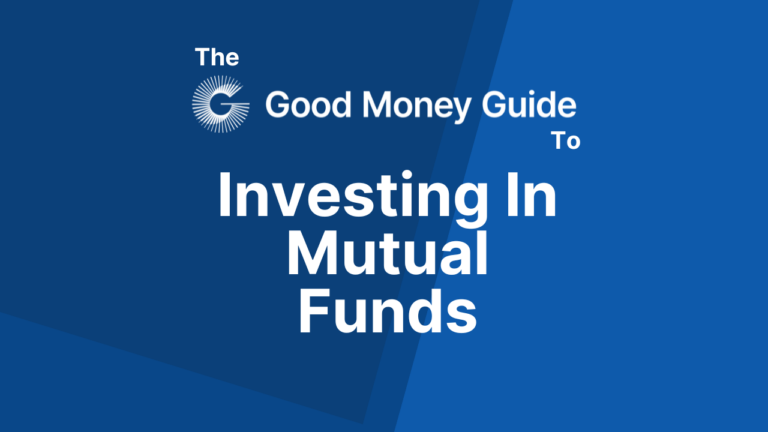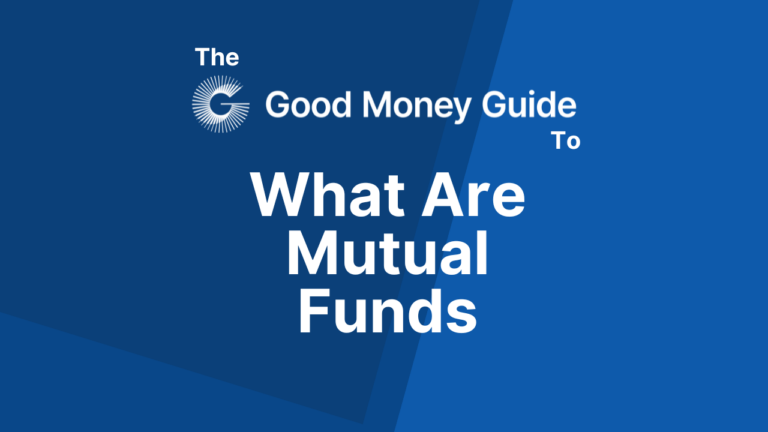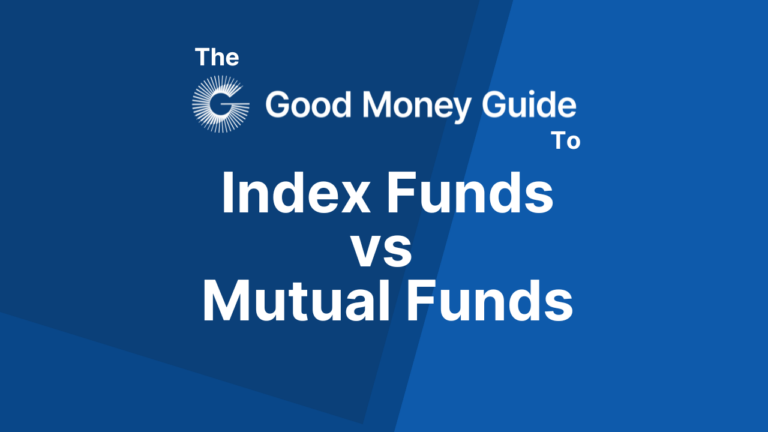Investing in mutual funds can be a great way to build wealth over the long term. With these products, you can diversify your money across a range of companies, sectors, and asset classes, potentially improving your chances of generating strong long-term investment returns.
If you’re considering an investment in mutual funds, it’s sensible to look into the best mutual fund brokers. By comparing different brokers’ investment options, fees, and research tools, you can find a platform that offers everything you need to achieve your financial goals.
Best Mutual Fund Brokers 2024
| US Mutual Fund Account | Mutual Funds Available | Mutual Fund Trading Costs | Our Rating | More Info |
|---|---|---|---|---|
 | 48,000+ | 0% – 3% or $14.95 | See Platform |
Our comparison table of US mutual fund brokers covers the key account features. These include, tight pricing, financial security, regulation, range of markets, added value and reviews. If you’re looking to compare US Mutual fund brokers, it makes sense to have all of the facts about this popular route to investment in the USA.
Interactive Brokers: Best overall mutual fund investment account
Interactive Brokers Review

Name: Interactive Brokers
Description: Interactive Brokers is a major US online automated electronic broker company. The financial broker is listed on the Nasdaq Exchange with ticker IBKR. The firm operates in 150 electronic exchanges in 33 countries, and offers trading in 23 currencies. Interactive Brokers has more than 1.75 million institutional and retail customers.
Why we like them
Interactive Brokers is an exceptional trading platform that offers institutional-grade trading capabilities to private clients around the world. IBKR has some of the lowest trading and investing fees and the widest market range in the industry.
Pros
- Very low dealing fees
- Wide market range
- Direct market access
- Complex order types
Cons
- Customer services can be slow
-
Pricing
(5)
-
Market Access
(5)
-
Apps & Platform
(5)
-
Customer Service
(3)
-
Research & Analysis
(5)
Overall
4.6What are mutual funds?
Sometimes called investment funds, mutual funds are investment products that provide diversified exposure to different asset classes. With these products, investors’ money is pooled together to form a larger amount of capital for investment. This capital is then managed by a professional fund manager or fund management firm, who will decide on what investments to buy for the fund.
Passive vs actively managed mutual funds
Before investing in mutual funds, it’s important to understand the difference between passive funds and actively-managed funds.
A passive fund is one that is simply designed to track an index such as the S&P 500 or the Nasdaq 100. An example here is the Vanguard 500 Index Fund, which aims to track the performance of the S&P 500.
By contrast, an actively-managed fund is one that is managed by a professional fund manager, who will pick investments for the fund on your behalf. An example here is the Fidelity Blue Chip Growth Fund, which invests in US and international blue-chip companies.
The big advantage of passive funds is that they have very low ongoing fees. The drawback of these funds, however, is that they never beat the market.
The main advantage of actively-managed funds is that they offer the potential for market-beating returns. On the downside, they are typically more expensive than passive funds.
How to know if mutual funds are right for you
Mutual funds are not suited to all investors. However, they might be a good fit for you if:
- You are looking to invest for the long term
- You are seeking diversified exposure to an asset class
- You don’t have time to pick individual stocks yourself
- You are comfortable paying fees to a mutual fund provider
How to invest in a mutual fund
Investing in mutual funds is a straightforward process today. Here’s how to do it in four easy steps:
- Decide on the asset class you want to invest in. This will depend on your goals and risk tolerance.
- Decide on the fund you want to invest in. Here, it can help to look at different funds’ long-term performance track records.
- Find the best mutual fund broker for your requirements. Here at Good Money Guide, we have compared brokers to make this part of the process easier for you.
- Open an account and invest your money in your fund of choice.
What fees & costs are involved in mutual funds?
With mutual funds, there are several costs to be aware of. These include:
- Expense ratios – these are annual fees that cover a fund’s operating expenses, including management fees, administrative costs, and marketing expenses.
- Load fees – these are commissions that some funds charge to investors.
- Redemption fees – some funds charge these fees when you withdraw your money.
- Platform charges – if you make an investment in a mutual fund through a broker or platform, it’s likely that you will have to pay annual charges.
What’s the minimum you need to invest in mutual funds?
In recent years, mutual fund minimum investments have come down significantly. Today, there are many funds in the US with no minimum investment at all.
FAQs:
Here are the answers to the most commonly asked questions by people searching for the best mutual fund brokers in America.
There are two different ways to invest in US mutual funds. One way is to use an investment platform or broker that offers mutual funds from a range of providers. The other way is to invest directly through fund companies such as Fidelity, T. Rowe Price, and Vanguard.
When investing in mutual funds, you should choose one that matches your goals and risk tolerance. Every investor will have their own preference for risk and reward and their own objectives for investing. For example, some investors will be seeking capital growth while others will be seeking income. It is also important to look at individual mutual fund performance and have your own strategy for assessing which funds will be well suited to your portfolio.
When investing in mutual funds, you should choose one that matches your goals and risk tolerance. Every investor will have their own preference for risk and reward and their own objectives for investing. For example, some investors will be seeking capital growth while others will be seeking income. It is also important to look at individual mutual fund performance and have your own strategy for assessing which funds will be well suited to your portfolio.
There are two main ways you can profit from a mutual fund:
- Capital appreciation – if the investments in a fund increase in value, so will the value of the fund’s shares.
- Income – some funds pay income distributions to investors.
In general, mutual funds are considered to be liquid investments. However, it’s important to note that liquidity isn’t guaranteed. In the past, there have been occasions where investors have faced limitations on selling, especially in the real estate fund space.
The best mutual fund for you will depend on your investment goals and risk tolerance. There is really no one-size-fits-all answer to this question.
However, here are some funds that could be worth checking out:
Growth funds:
- Vanguard Growth Index Fund Admiral Shares (VIGAX) – this invests in large US companies that are in market sectors that tend to grow more quickly than the broader market.
- Fidelity Select Technology Portfolio (FSPTX) –this aims to achieve long-term capital growth by investing in companies at the forefront of the technology revolution.
Income funds:
- Rowe Price Dividend Growth Fund (PRDGX) – this seeks to provide increasing dividend income over time, long-term growth of capital, and a reasonable level of current income.
- Fidelity Dividend Growth Fund (FDGFX) – this offers exposure to a diversified portfolio of US large-cap dividend-paying stocks.
Balanced funds:
- Fidelity Balanced Fund (FBALX) – this offers exposure to both stocks and bonds.
- Vanguard Balanced Index Fund (VBIAX) – this is a passive fund that provides access to both stocks and bonds.
Low-risk funds:
- Vanguard Federal Money Market Fund (VMFXX) – this seeks to provide stability by investing in short-term government bonds and cash.
- Fidelity Government Money Market Fund (SPAXX) – this is a low-risk product that holds cash and cash-like products.
Mutual Fund Investing Guides






